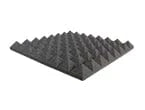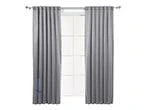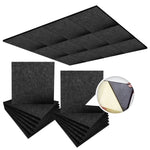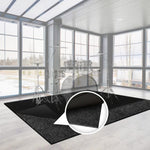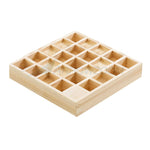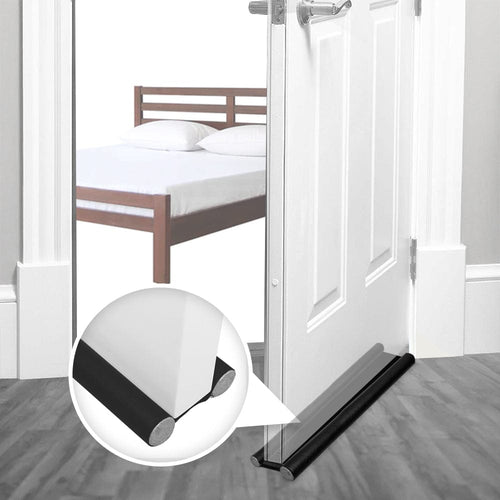
When it comes to sound quality, the design and layout of a room can have a significant impact. However, even with a well-designed room, unwanted echoes, reverberations, and noise can still be present. Acoustic panels are an effective solution to address these issues and improve the overall sound quality of a room. In this blog post, we will explore the functionality and design of acoustic panels.
Functionality
Acoustic panels are designed to absorb sound waves and reduce the amount of echo and reverberation in a room. Sound waves bounce off hard surfaces such as walls, floors, and ceilings, causing unwanted echoes and noise. Acoustic panels, also known as sound-absorbing panels, are made from materials that are designed to absorb sound waves. These materials include fiberglass, rockwool, acoustic foam, and natural materials such as wool and cotton.
The effectiveness of an acoustic panel is determined by its Noise Reduction Coefficient (NRC), which measures how much sound energy a panel can absorb. The higher the NRC rating, the better the panel is at absorbing sound. For example, a panel with an NRC rating of 0.9 can absorb 90% of the sound that hits it, while a panel with an NRC rating of 0.2 can only absorb 20%.
Acoustic panels are available in various sizes and shapes, such as square, rectangle, and triangle. They can be mounted on walls, ceilings, or even placed on the floor. Some panels are designed to be free-standing and can be placed anywhere in a room. Acoustic panels can also be customized to fit specific design requirements, such as color, texture, and shape.
Design
Acoustic panels not only provide functional benefits but can also enhance the design of a room. They come in a variety of colors and finishes, including fabric, wood, and metal. Acoustic panels can be designed to blend in with the existing decor of a room or stand out as a statement piece.
One popular design trend for acoustic panels is to create a visual pattern with different colored panels. For example, a room could have a pattern of gray, white, and black panels arranged in a geometric pattern. This creates a unique and visually interesting design while also improving the sound quality of the room.
Another design trend is to use acoustic panels as artwork. Panels can be printed with custom designs, such as photographs or abstract art, to create a visually stunning display while also absorbing sound.
Conclusion
Acoustic panels are an effective solution to improve the sound quality of a room while also providing design benefits. They come in various sizes, shapes, and finishes and can be customized to fit specific design requirements. When selecting acoustic panels, it's essential to consider their functionality and design to ensure they provide the desired effect. With the right acoustic panels, any room can have improved sound quality and an aesthetically pleasing design.




